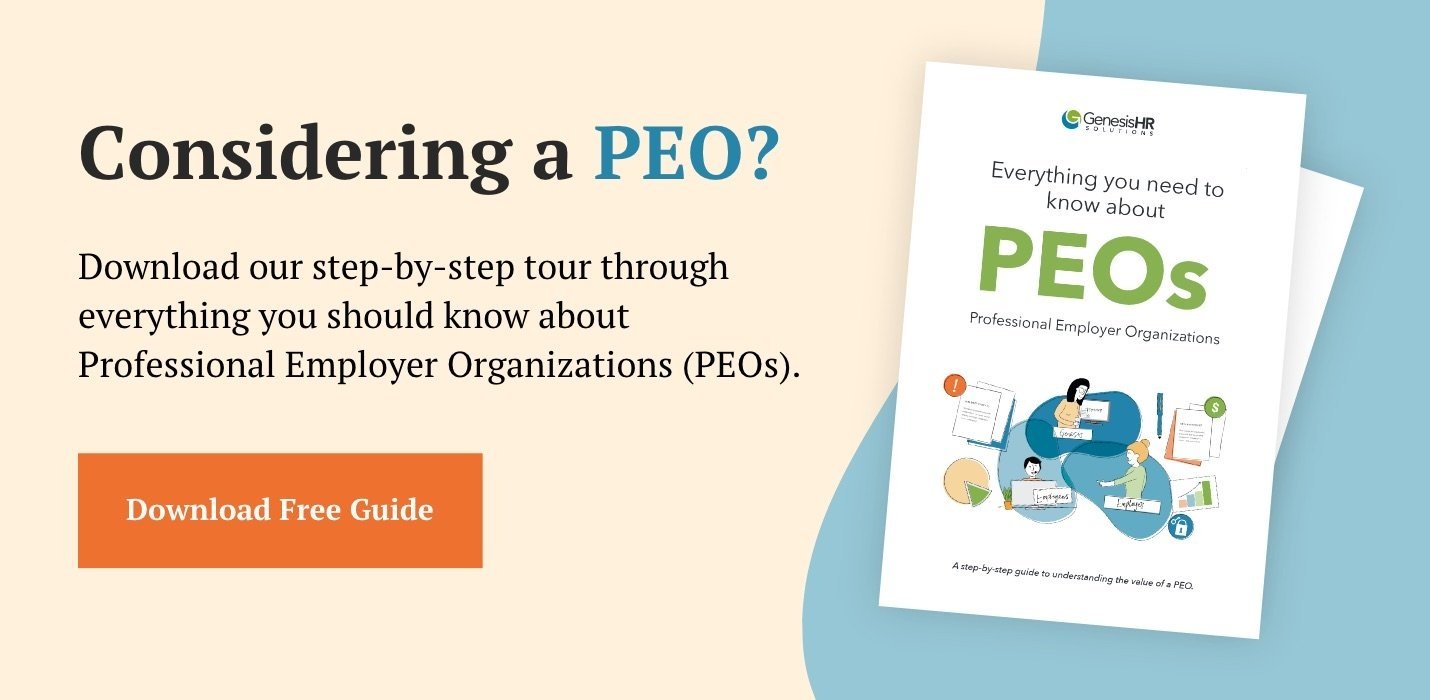According to an American Psychological Association survey posted on the Department of Labor website, the state of employee mental health is, candidly speaking, not great.
- Nearly three in five employees (59%) said they have experienced negative impacts of work-related stress in the past month.
- A vast majority (87%) of employees think actions from their employer would help their mental health.
- Employees who typically feel tense or stressed during the workday are more than three times as likely to say they intend to seek employment elsewhere in the next year, creating challenges for employers seeking to retain valued talent.
Factors including (but certainly not limited to) the pandemic and workplace loneliness have only made it more necessary for employers to start taking their employees’ mental health seriously—or risk losing good people to companies that do.
For those employers who recognize the need to establish or improve their employee mental health programs, it can be intimidating to figure out what you should be offering. In this article, I’ll share some of the programs that are available and how you, as an employer, can set them up internally or connect your employees to them outside of your office.
Learn how you can capitalize on big-company benefits by partnering with a PEO. Download our free guide: Everything you need to know about PEOs.
The Need For Manager-supported Mental Health
One of the most crucial ways an employer can support mental health is not through structured programs, but through training. Managers have just as much of an impact on people’s mental health as an employee’s spouse (both 69%)—and even more of an impact than their doctor (51%) or therapist (41%)—so they should be trained in ways they can support employee mental health, including the following:
- Promote mental health awareness in the office by openly talking about it without judgment. Discussing mental health is certainly more normalized now than it was even five years ago. Let employees know it’s OK to be vulnerable and ask for help sometimes.
- Offer flexible scheduling when needed. Work-life balance is essential to mental health. Encourage work-life balance in your employees, and lead by example by doing the same thing in your life!
- Address workplace stress. Look at workloads, pressure to perform, job insecurity, and hours. Overall, consider the factors that might cause stress to an employee in the workplace, and address them.
- Connect with employees regularly through one-on-one meetings. When leaders “walk the walk,” it creates a significant trickle-down effect. Training managers in mental health works when the leadership team is fully invested and truly supports managers in helping their staff. Advocacy by organizational leaders and managers is critical to supporting worker health.
What employee mental health programs should you offer?
Mental health programs fall under the umbrella of corporate wellness.
Some basic benefits you can offer to help alleviate employee stress are: competitive pay, ample time off, breaks, mental health insurance coverage, supportive and inclusive working environments, opportunities to connect, and mentorships.
Voluntary benefits won’t add as much cost to employers, but may still be of value for the employee: critical illness coverage, hospital indemnity, disability income and accident insurance.
Historically, mental health programs were limited to only corporate gym memberships; but with an evolving, remote workforce this benefit doesn’t work as well as it used to. And although there is correlation between physical activity and mental health, this isn’t the only piece that employees need in today’s world.
Instead, employers should consider an annual wellness stipend (or, alternatively, a spending account or allowance) for mental, physical, emotional, and spiritual support. A wellness stipend is a taxable benefit, which employees can spend in various ways.
Other mental health programs and benefits include:
- Unlimited online therapy and a mental health coach
- Wellness holidays where the company plans a day to shut down outside of any other holiday for employee mental health
- Financial planning courses
- Legal guidance
- Family counseling
- Lifestyle management support
- Yoga classes (these can even be offered virtually) or, if your staff works on site, concierge services
The Role Of EAPs In Mental Health
One long-standing benefit for employees and employers is the Employer Assistance Plan (EAP). EAPs offer assistance to folks in both their work and personal lives to help them focus on being a more productive employee.
EAPs remain a great resource for employees to reach out and seek assistance in getting the support they need. They’ve come a long way, too! For example, at GenesisHR, our EAP offers employers a catalog of workshops for them to present to our team which cover topics such as avoiding burnout, how mental health affects physical health, coping skills, emotional well-being, managing mental health, and mindfulness.
EAPs are free tools that many companies don’t take advantage of—employers and employees should be checking with their insurance brokers to see what types of programs and benefits are available at low or no cost.
How To Create A Mental Health Program As A Part Of A Corporate Wellness Program
For Massachusetts-based organizations, the commonwealth offers great resources for wellness programming; you can even access a templated wellness guide that you can use to create your own program. Even if you’re not located in Massachusetts, check out the resources to see what you might be able to use wherever you’re located.
While there is no one-size-fits-all process to creating a mental health program, the following is a general roadmap to help you get started:
- Obtain leadership buy-in.
- Assemble a wellness committee.
- Assess your worksite’s current health and culture by conducting an audit.
- Assess employee behaviors with an HRA (Health Risk Appraisal or Assessment)
- Consider your budget. What can you afford to spend on programs/benefits? Keep in mind that everyone, from veteran employees to new graduates, is looking for mental health support, so consider it an investment!
- Educate and provide awareness. You can do this through newsletters, emails, meetings, lunch and learns, and health screenings. You can also consider incentives for healthy behaviors. At GenesisHR, we have wellness challenges monthly where we all connect and share our responses/progress in our shared Wellness channel on Slack. Other incentives I’ve seen include BINGO wellness, scavenger hunts to encourage healthy behaviors, step challenges, etc.
What is your company’s next step toward mental health?
With all that’s going on in the world, employees are feeling more uncertain than ever—the current job market is still employee-driven, and employees are concerned by inflation and economic uncertainty. A rich benefits program attracts the talent you want, and keeps them there for the long run.
We’ve found there is incredible value in offering advanced mental health programs, which help with health care cost management and even provide a bottom-line value. After all, when an employee is doing well in their mental health, they are going to be more productive team members.
Of course, implementing these programs is easier said than done. What I hear from employees who are struggling is that they don’t know who to ask or where to go to get support. Often, this comes down to two things: not having a program in place or not communicating about the existing program. (Even once a program is in place, if it’s not being consistently promoted, employees may not take advantage of the offerings—or be aware of them at all).
At GenesisHR, we are experts in helping companies of all sizes build or improve their existing mental health programming because we know how crucial it is to find and keep good employees. We’d love to help you, too. Contact us on this form to get your questions answered.





